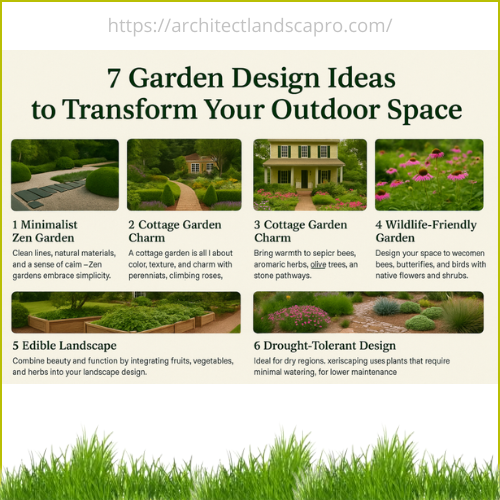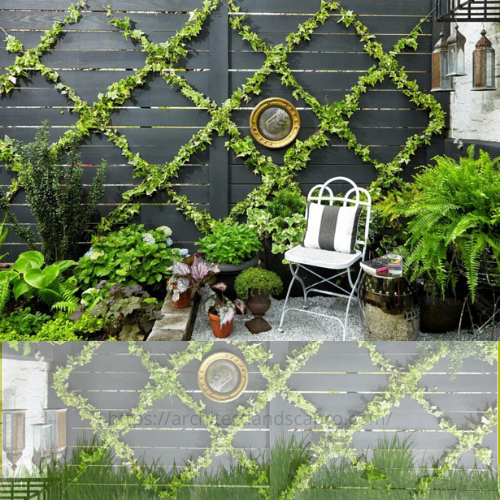Introduction
Ever looked at your backyard and wondered, “What can I do to design my own landscape and make this space truly mine?” You’re not alone. Designing your own landscape might seem like a daunting task, but with a bit of planning and inspiration, you can create a stunning outdoor space tailored to your style and needs — even without hiring a professional landscaper.
In this guide, we’ll walk you through the exact steps to design your own landscape, from layout and function to choosing the right plants and materials.
Step 1: Define Your Landscape Design Vision and Purpose
Before sketching anything, ask yourself:
- What do I want from my landscape? Relaxation? Entertainment? Gardening?
- Do I need space for kids or pets?
- What’s my style — modern, rustic, tropical, minimalist?
👉 Pro Tip: Gather inspiration from Pinterest, magazines, or websites like Architect Landscape Pro.
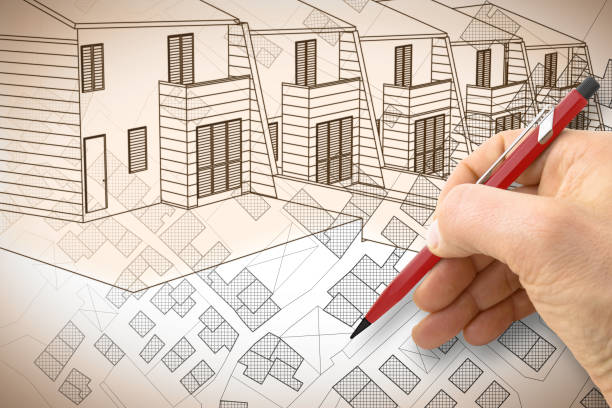
Step 2: Analyze Your Outdoor Space for Landscape Planning
Take a good look at your yard. Consider:
- Sun and shade patterns
- Soil quality
- Drainage and irrigation
- Existing plants and structures
Take photos and draw a rough sketch of the space with measurements. Identify zones (sunny, shady, sloped, flat) — this will influence your plant and feature choices.
Need help understanding your plant zone? Check the USDA Hardiness Zone Map for accurate climate information.
Step 3: Choose Landscaping Elements for Your Design
Break your yard into functional areas, such as:
- Lawn or turf area
- Planting beds
- Walkways or patios
- Water features or fire pits
- Storage (shed, compost, tools)
Then decide which hardscape (non-plant) and softscape (plant) elements to include in your DIY landscape design.
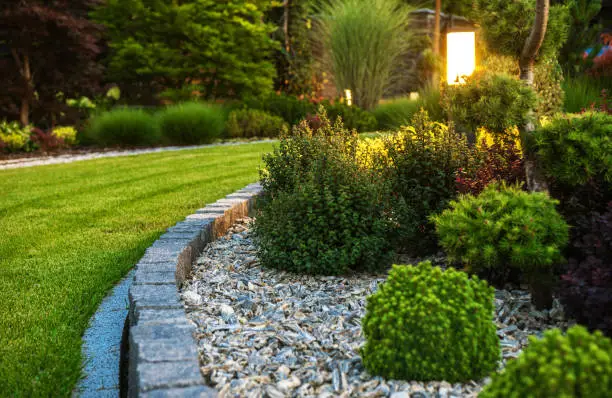
Step 4: Build the Hardscape First in Your Landscape Design
Start by placing paths, patios, and focal points (like fountains or pergolas). Use materials that match your home’s style: gravel, stone, pavers, or wood.
Key design principles:
- Keep circulation natural (don’t block walking paths)
- Use symmetry or asymmetry for visual balance
- Create clear entry points and lines of sight
💡 You can find inspiring patio layout ideas on Better Homes & Gardens.
Step 5: Choose the Right Plants for Your Landscape Design
Select plants that suit your climate, soil, and sun exposure.
Include a balanced mix of:
- Trees (shade, structure)
- Shrubs (borders, privacy)
- Perennials (year-round interest)
- Groundcovers (low-maintenance)
- Seasonal flowers (color)
✅ Prioritize native or drought-tolerant plants — they’re more sustainable and need less water and care.
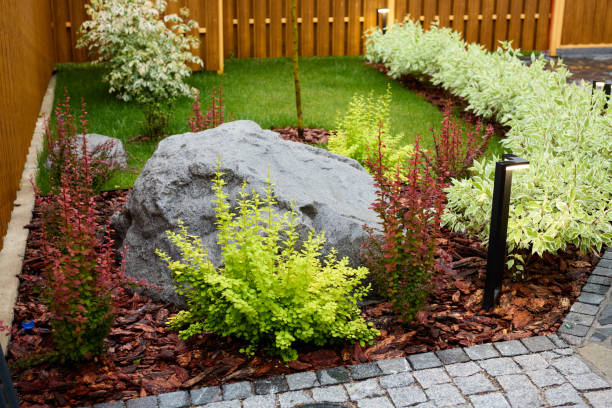
Step 6: Install Smart Irrigation and Ensure Drainage
A good landscape design includes efficient watering systems:
- Use drip irrigation or soaker hoses in plant beds.
- Ensure water flows away from your home’s foundation.
- Add mulch to reduce evaporation and suppress weeds.
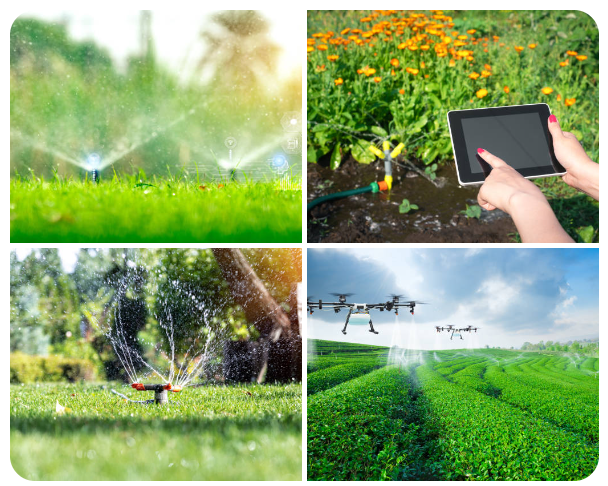
Step 7: Add Personality and Style to Your Landscape
Personalize your outdoor space with:
- Lighting (solar path lights, LED uplighting)
- Outdoor furniture (lounge chairs, dining tables)
- Decorative accents (sculptures, pots, trellises)
These finishing touches bring warmth and charm to your garden and help reflect your personality.
📋 Final Advice: Design Your Landscape Gradually
You don’t need to transform your yard in one weekend. A successful landscape design evolves over time. Start with the essentials and build from there.
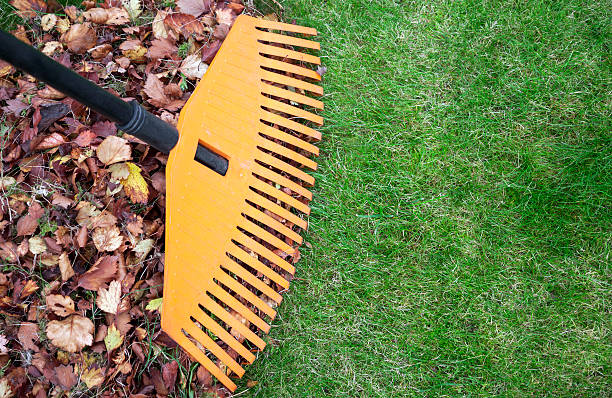
Ready to Design Your Own Landscape?
Designing your own landscape is a rewarding journey that connects you to your outdoor space. With thoughtful planning, creative ideas, and the right resources, your dream garden is absolutely within reach.
👉 Need more guidance? Visit our Garden Design Resources or download our free PDF checklist to get started today.

